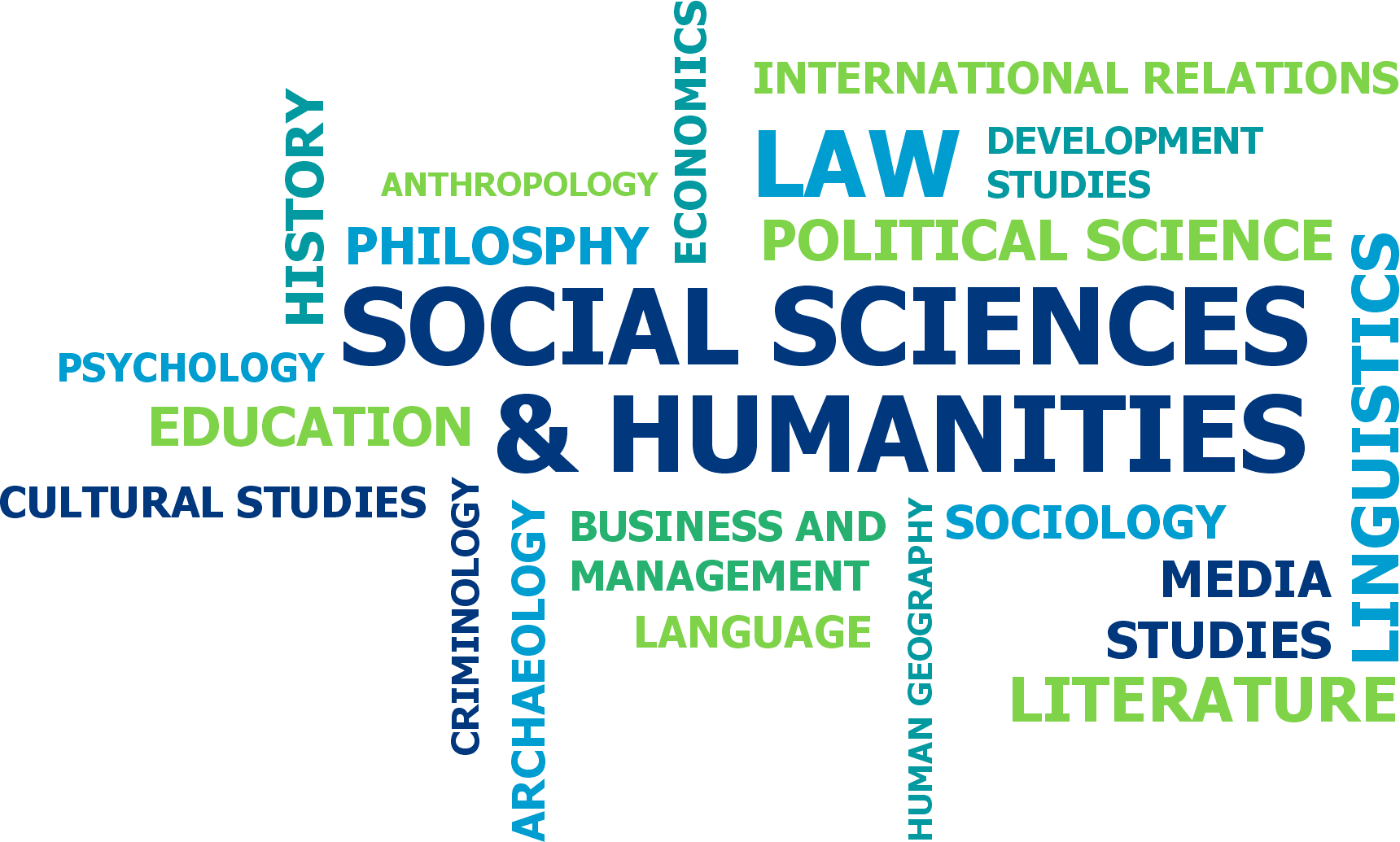The Future of Law: How Neuroscience is Reshaping the Legal System
DOI:
https://doi.org/10.55737/qjssh.155931277Keywords:
Neuro-Law, Neuroscience, Jurisprudence, Justice System, Legal Dilemmas, Human Cognition, Court RulingsAbstract
A fascinating new field: Neuro-law is the branch of study that coordinates the brain and the law. This area has recently become quite popular because of finding new phenomena and changes that have occurred in the course of the latest neuroscience that allow making the existing general laws and improve the justice system. Neuro-law is the branch that developed its popularity at the beginning of the 1990s when people started discovering how their brain operates. It is almost imperative today in many a legal field to address complex problems with Balances of modern concepts. One of the major concerns of neuro-law is to establish what can neuroscience do for law and how can judges decide cases in a more rational and just manner. The work explores how human minds and actions entwined with legal concepts such as accountability of innocence and guilt are interconnected. This research is committed to having balanced laws and having a deeper understanding of how our mind functions. Neuro-law has led to a very important shift in science and society. Many times people are learning how their brain plays a role in dictating their actions. That is due to its impact on the law-making process, how justice is handled in the court of law, and how the society is built to be equal.
References
Ade, L. (2023). Neuroscience in the Courtroom: Exploring How Science Can Help Create a More Comprehensive Legal System (Doctoral dissertation).
Anderson, N. E. (2021). Neurocriminology. The Encyclopedia of Research Methods in Criminology and Criminal Justice, 633-641. https://doi.org/10.1002/9781119111931.ch122
Aono, D., Yaffe, G., & Kober, H. (2019). Neuroscientific evidence in the courtroom: A review. Cognitive Research: Principles and Implications, 4(1), 1-20. https://doi.org/10.1186/s41235-019-0179-y
Cardoso, R. C. (2021). Neurolaw and the neuroscience of free will: An overview. SCIO: Revista de Filosofía, (21), 55-81. https://doi.org/10.46583/scio_2021.21.843
Cavalla, M. (2023). NEUROSCIENCE’S IMPACT ON CRIME: A CONTEMPORARY EXPLORATION". Academic Journal of Legal Studies and Research, 6(6), 1–13. https://topjournals.org/index.php/AJLSR/article/view/303
Chandler, J. A., Harrel, N., & Potkonjak, T. (2019). Neurolaw today – A systematic review of the recent law and neuroscience literature. International Journal of Law and Psychiatry, 65, 101341. https://doi.org/10.1016/j.ijlp.2018.04.002
Dalby, M., Vitezic, M., Plath, N., Hammer-Helmich, L., Jiang, Y., Tian, C., Dhamija, D., Wilson, C. H., Hinds, D., Aslibekyan, S., Auton, A., Babalola, E., Bell, R. K., Bielenberg, J., Bryc, K., Bullis, E., Coker, D., Partida, G. C., & Smoller, J. W. (2022). Characterizing mood disorders in the AFFECT study: A large, longitudinal, and phenotypically rich genetic cohort in the US. Translational Psychiatry, 12(1). https://doi.org/10.1038/s41398-022-01877-2
Dash, S. S., Ch, P. H., & Das, B. (2020). Neurolaw: A New Horizon Of Neuroscience and Law. Ssrn.com. https://ssrn.com/abstract=4433460
Du, Y. (2020) "The Application of Neuroscience Evidence on Court Sentencing Decisions: Suggesting a Guideline for Neuro-Evidence,"Seattle Journal for Social Justice, 18(2). https://digitalcommons.law.seattleu.edu/sjsj/vol18/iss2/19
Goodenough, O. R., & Tucker, M. (2020). Why Neuroscience Matters for Law (A. D’Aloia & M. C. Errigo, Eds.). Semantic Scholar; Springer International Publishing. https://doi.org/10.1007/978-3-030-38840-9_3
Greely, H. T., & Farahany, N. A. (2019). Neuroscience and the Criminal Justice System. Annual Review of Criminology, 2(1), 451–471. https://doi.org/10.1146/annurev-criminol-011518-024433
Jones, O. D., & Wagner, A. D. (2020). B. INTERSECTIONS WITH LAW. Law and Neuroscience, 16.
Jones, O. D., Marois, R., Farah, M. J., & Greely, H. T. (2013). Law and Neuroscience. Journal of Neuroscience, 33(45), 17624–17630. https://doi.org/10.1523/jneurosci.3254-13.2013
LHC 1829 [2013]. Khadim Hussain v/s State
LHC 9059 [2021]. Mst. Rashida Bibi v/s State
May, J., Workman, C. L., Haas, J., & Han, H. (2022). The neuroscience of moral judgment: Empirical and philosophical developments. Neuroscience and Philosophy, 17-48. https://doi.org/10.7551/mitpress/12611.003.0005
Mora, M. N. (2019). How law and neuroscience became a new field of study. Bioethics Update, 5(2), 75-88. https://doi.org/10.1016/j.bioet.2018.10.001
Nair, A. (2022). Neuroscience in the Courtroom: Unveiling the Mind's Secrets for Just Verdicts. Jus Corpus LJ, 3, 54.
Neri, R. (2023). PREDICTABILITY AND REASONABLENESS OF DOUBT IN THE AGE OF AI-LAW AND NEUROLAW. The Lawyer Quarterly, 13(3). https://tlq.ilaw.cas.cz/index.php/tlq/article/view/557
P.Cr.L.J 1693 [2006]. Sultan v/s The State
Petoft, A., & Abbasi, M. (2019). A Historical Overview of Law and Neuroscience: From the Emergence of Medico-Legal Discourses to Developed Neurolaw. Journal on European History of Law, 10(2), 15–33. https://www.ceeol.com/search/article-detail?id=812638
Petoft, A., & Abbasi, M. (2020). Current limits of neurolaw: A brief overview. Médecine & Droit, 2020(161), 29-34. https://doi.org/10.1016/j.meddro.2019.11.002
PLD 393 [2006]. Dr. Abdullah Hamid Mehmood v/s The State
Riofrío Martínez-Villalba, J. C. (2023). How to deduce human rights from natural law and other disciplines. Ius Humani. Law Journal, 12(2), 27-52. https://doi.org/10.31207/ih.v12i2.327
SCMR 1708 [1995]. Dr. Muhammad Shaft Zehri and another v/s The State
SCP 41 [2021] – C.R.P.420 [2016]. Mst. Safia Bano v/s Home Department, Govt. of Punjab
Shen, F. X. (2021). Towards a Definition of" Neurolaw". U. St. Thomas JL & Pub. Pol'y, 15, 174.
Sommaggio, P. (2022). Neuroscience, Neurolaw, and Neurorights. In Protecting the Mind: Challenges in Law, Neuroprotection, and Neurorights (pp. 71-84). Cham: Springer International Publishing.
Tamanaha, B. Z. (2021). Legal Pluralism Explained: History, Theory, Consequences. Oxford University Press, USA.
Urai, A. E., Doiron, B., Leifer, A. M., & Churchland, A. K. (2022). Large-scale neural recordings call for new insights to link brain and behavior. Nature Neuroscience, 25(1), 11-19. https://doi.org/10.1038/s41593-021-00980-9
YLR 1699 [1999]. Khadam Hussain and others v/s Abdul Rehman
Downloads
Published
Issue
Section
License

This work is licensed under a Creative Commons Attribution-NonCommercial 4.0 International License.





